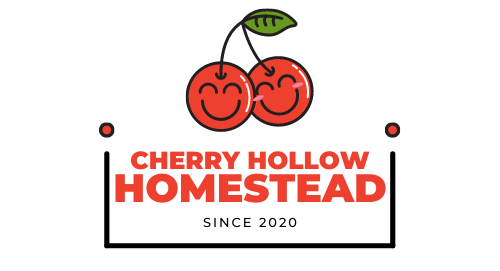Learn the simple steps to plant your own victory garden! A step by step beginner’s guide to feeding your family with your garden.
From helping your family become more self-reliant to reducing your carbon footprint, there are so many great reasons to plant a victory garden this summer.
In addition to giving you a chance to grow your own food for your family, gardening can be a great outlet to help reduce stress and have a little fun outside. And your family gets to enjoy the fruits of your labor with all those delicious fruits and vegetables you’ll be harvesting in a few weeks!
While planting a victory garden does take some hard work, all these amazing benefits make it worth it in the end. And with these easy tips, you’ll have your victory garden planted in no time!
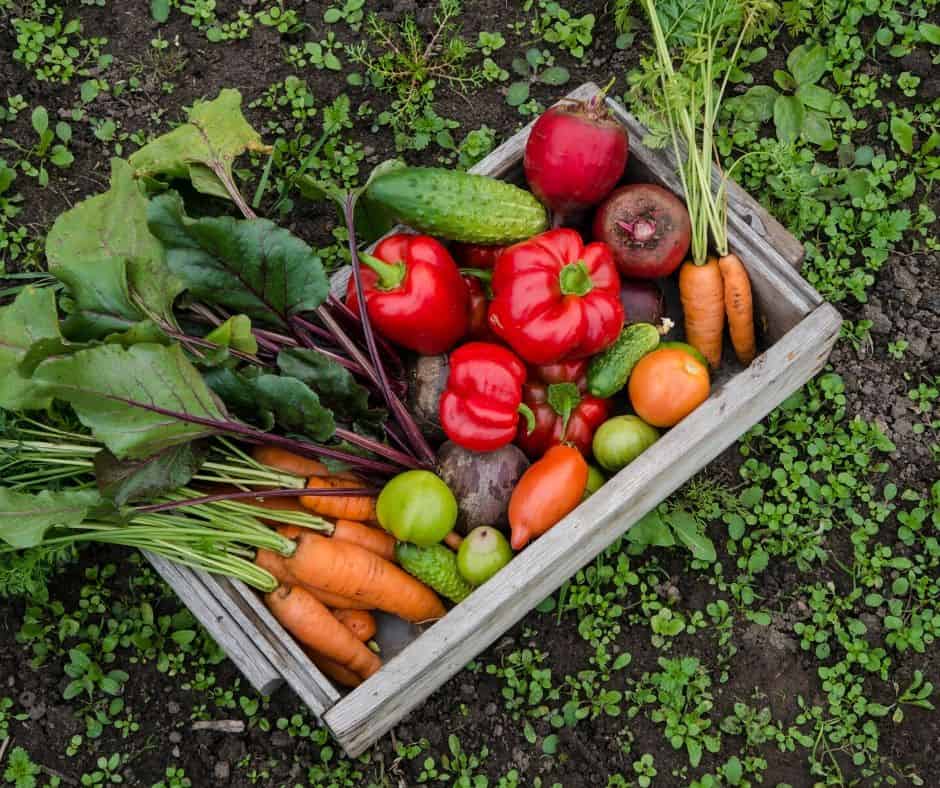
What is a Victory Garden?
If you’ve never heard the term “victory garden” you may be wondering what is a victory garden. These gardens got their name during World War I and World War II when people began growing their own gardens as a way to feed their family and free up resources for the war efforts.
And while growing your own victory garden now may not be out of the same necessity those families felt, it can still make an impact today.
Growing your own victory garden comes with a variety of benefits. It can help your family shrink their carbon footprint by becoming less reliant on grocery store produce and it can be a great learning experience for the entire family.
The adults can learn how to cook with fresh ingredients, while the kids can see science come to life by watching their plants grow from seeds into fruiting plants.
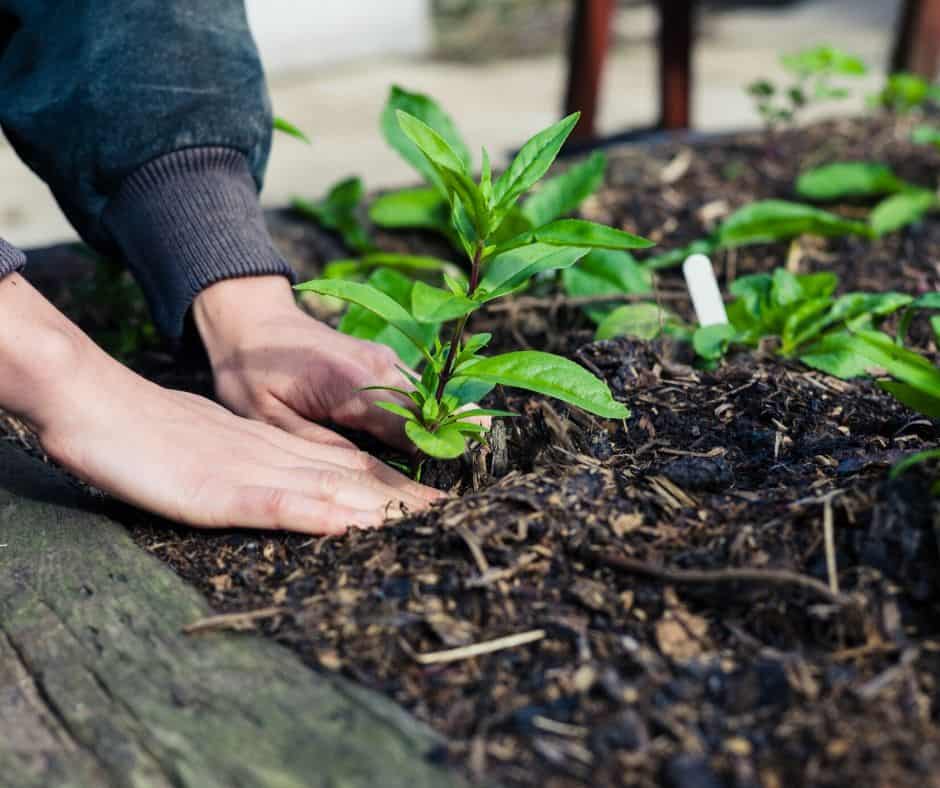
When to Plant a Garden
Planting a victory garden is all about timing.
When you should begin planting your garden depends on your USDA Plant Hardiness Zone. These zones will help you determine when the threat of frost has passed in your area, which means the time to start planting your garden will depend on which zone you live in. After that, use the types of plants you plan to plant in your garden as a guide to planning your victory garden.
Pick the Perfect Spot
One of the most important decisions you’ll make when planning for your victory garden is where your garden will be located. You’ll need a spot that receives six to eight hours of sun each day.
Your garden’s location should also be in a place where the soil drains well when it rains and doesn’t collect water, which may wash out your garden.
After finding the perfect spot, you’ll need to take some time to prepare the soil for planting.
If you plan on planting your garden directly in the ground, start by removing the existing grass with a flat shovel or sod cutter. Then, amend the soil with compost by mixing the compost into the ground with a garden rake.
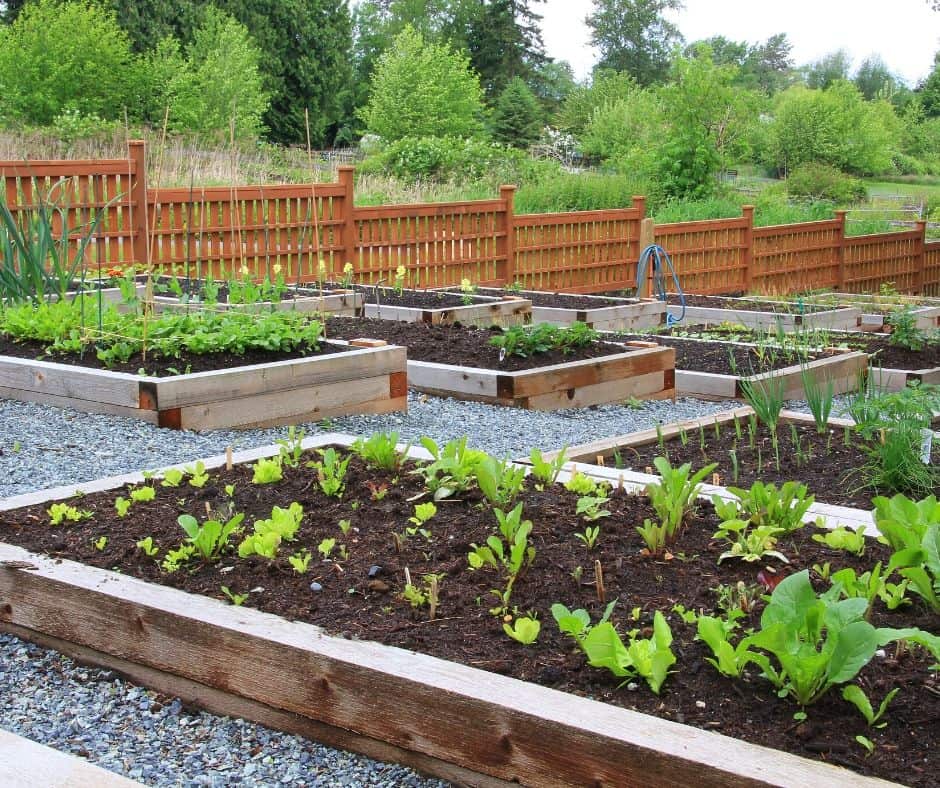
Another option for planting a victory garden is to use raised beds in your yard.
With this method, there’s no need to dig up the soil. But you will need to build the beds for your plants to grow in and fill them with soil. It’s best to use a mix of garden soil and compost when growing a victory garden in a raised bed.
Choose Your Plants For Your Victory Garden
After you have your garden space ready to go, it’s time to start planting! But before you start digging in the dirt, you’ll need to figure out what plants you want to grow in your garden.
Take the time to sit down and write down all the plants you’d love to grow in your garden. Then, narrow your list according to the fruits and vegetables your family eats most, along with those that work best in your garden set-up.
When you have picked your plants, you may need to do some research to figure out the best method for planting in your hardiness zone.
While some seeds can be planted directly in the soil after the danger of frost has passed, others need to be grown indoors and transplanted in the garden.
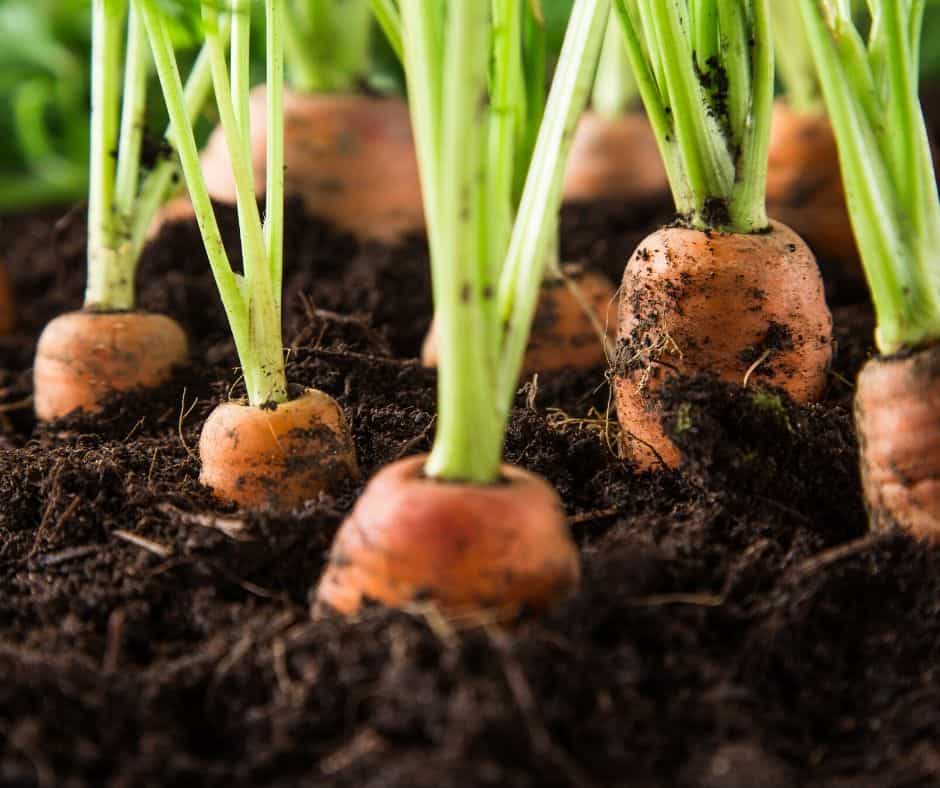
How Much to Plant
Since the point of a victory garden is to help feed your family without relying on the grocery store, it’s important to know how much to plant to keep your family well fed all summer long.
This guide will help you know how many plants to plant per person in your garden:
- Artichoke: 1 to 2 plants per person
- Bush beans: 5 to 10 plants per person
- Pole beans: 3 to 5 plants per person
- Beets: 5 to 10 plants per person
- Broccoli: 2 to 3 plants per person
- Brussels sprouts: 2 plants per person
- Cabbage: 3 to 4 plants per person
- Cantaloupe: 1 to 2 plants per person
- Carrots: 15 to 20 plants per person
- Cauliflower: 3 to 4 plants per person
- Celery: 4 to 6 plants per person
- Cucumber: 3 to 4 plants per person
- Eggplant: 2 plants per person
- Kale: 4 to 5 plants per person
- Lettuce: 8 to 10 plants per person
- Okra: 6 to 8 plants per person
- Onions: 15 to 20 plants per person
- Peas: 5 plants per person
- Sweet peppers: 4 to 5 plants per person
- Hot peppers: 2 plants per person
- Potatoes: 8 to 10 plants per person
- Spinach: 8 to 10 plants per person
- Squash: 2 to 3 plants per person
- Sweet corn: 10 to 12 plants per person
- Sweet potato: 5 plants per person
- Tomato: 3 to 5 plants per person
- Watermelon: 1 to 2 plants per person

Next Steps for Planting Your Victory Garden
Just do it! Start small. Start big. Either way, you just need to commit and get your hands dirty. Literally!
